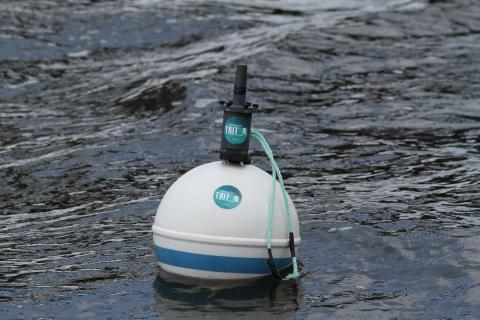
Marine Energy Predictive Modeling
An important component of the Triton Field Trials (TFiT) work involved reviewing how modeling can be coordinated with monitoring to improve environmental assessment of marine energy projects. The Triton team extensively reviewed of the types of predictive models that exist or could be developed for evaluating marine energy environmental stressors. The review examined how models and environmental monitoring are intertwined, and how they can be used symbiotically to improve one another. The team reviewed models in six categories of stressors related to tidal, wave, and ocean current energy devices, including:
- underwater noise
- electromagnetic fields
- changes to habitat
- collision risk
- displacement of marine animals
- changes to oceanographic systems

Findings were published in an article titled “A Review of Modeling Approaches for Understanding and Monitoring the Environmental Effects of Marine Renewable Energy.” This paper discusses the availability and maturity of models and how integrating monitoring and modeling strengthens and enhances the planning and evaluation of marine energy projects. The paper also highlights the common data needs among models, how to use models to develop more efficient monitoring plans, and how to assess multiple stressors in model suites that take the most advantage of available data.